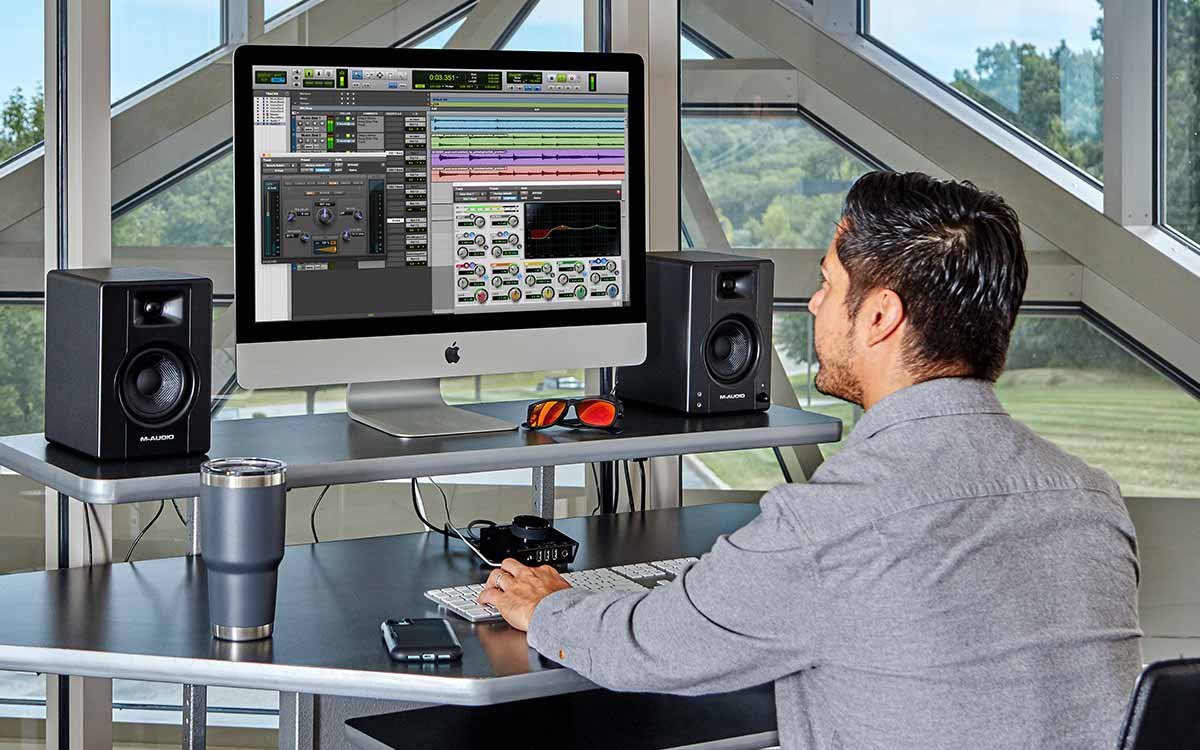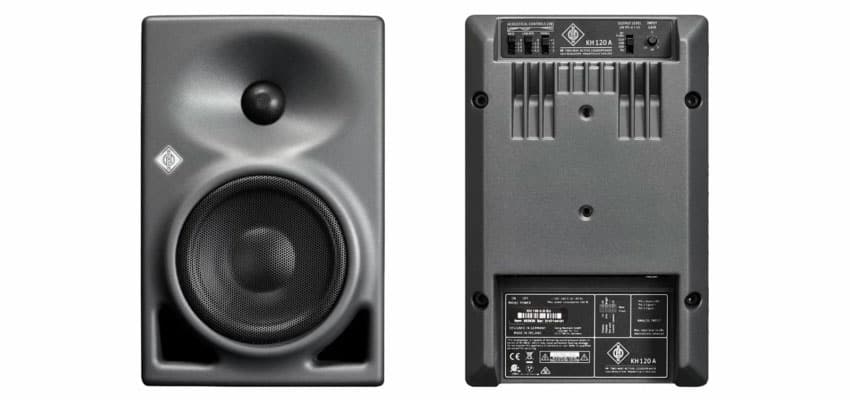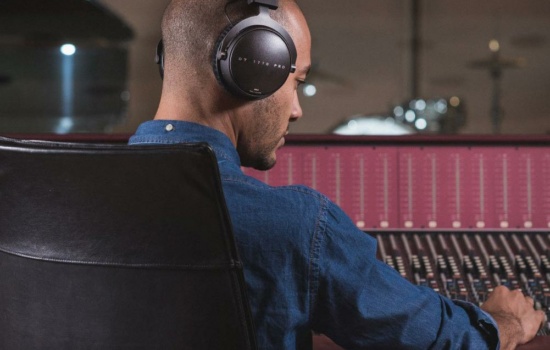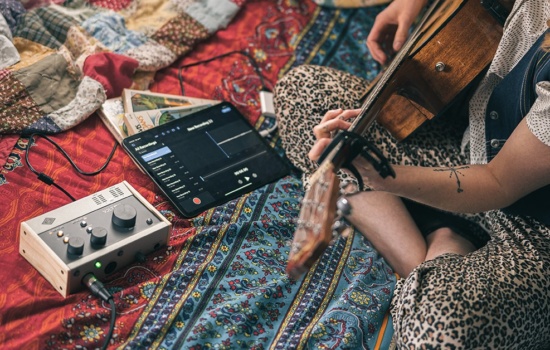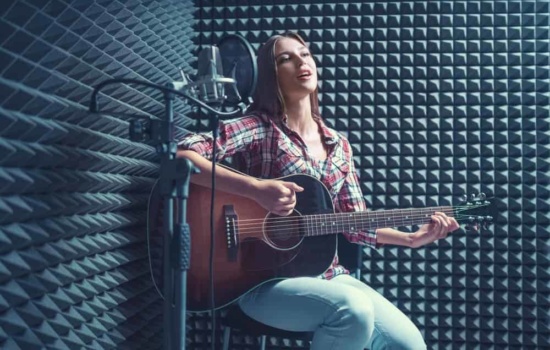When a product starts becoming something of an industry standard the last thing you want to do is change it. But that’s precisely what Adam Audio did with the awesome A7X studio monitors. The new A7V monitors are the natural evolution of the A7X design. They have a depth of tone, and a clarity of image that has resonated with both Sound Engineers and Producers.
The A7V takes all the mechanical hardware that made the A7X such a great choice for a studio. The X-ART Tweeter offers a detailed, uncompressed response that doesn’t wear you out and combines it with 7″ woofer with a new composition of Multi-Layer Mineral. The A7V is wrapped in a similarly shaped case but with softened edges and a more organic vibe. The power coming from the cumulated amp peaks at 130W. The frequency response at -6dB ranges from 40Hz to 45kHz and the maximum peak SPL for each speaker at 1m is 105 dB SPL.
The big change comes in the form of comprehensive DSP-based voicing, equalisation and room correction. You could see this as Adam Audio making their best-selling speaker more versatile by making it a viable option in many more spaces. On the backplate, you can quickly dial in different bands of parametric EQ and low and high shelf filters to suit your space. But, with the A Control app, you can go much further and freely adjust all aspects of the processing from the comfort of the sweet spot rather than clambering behind the speaker itself. You can even import data from Sonarworks room calibration curves to precisely tailer your monitors to your room.
We are getting into serious money with the A range but if you like the Adam Audio approach and have a smaller budget then there’s the “T Series” which aims to bring their expertise to the home studio end of the market.
Pros & Cons
- Versatile
- Sonically clean and precise
- Expensive
- Probably too powerful for smaller rooms
Street Price: $749
adam-audio.com
